The NASA telescope images show a stellar birthplace, the gassy environs of a dying star, a galaxy smashup and the deepest view into the cosmos yet.
Category: space – Page 458

Researchers May Have Actually Managed To Hear The Background ‘Hum’ Of The Universe
I know, it might sound a bit out there, but it seems we’re able to hear more than you’d expect. Researchers have managed to hear something that they believe is the ‘hum’ of the universe and well, the concept in itself is mind-blowing.
While this ‘hum’ isn’t exactly what you’d expect, it is quite interesting to learn about. You see, because there is no air in space it’s not actually a sound at all but rather more or less something quite different. This finding overall comes from astronomers at the North American Nanohertz Observatory for Gravitational Waves also known as ‘NANOGrav.’ Overall this hum could really help us better understand the history of the universe in time as we further research it.
NANOGrav wrote as follows on this topic:
Europe’s first reusable rocket could launch by the end of the year
Source: PLD Space / YouTube.
The new milestone is the culmination of 11 years of hard work, and it paves the way for Elche-based PLD Space to launch its reusable Miura 1 rocket before the year’s end. In a tweet, PLD Space wrote: “Full Mission Test successfully completed. Now, Miura 1 is ready to fly.”

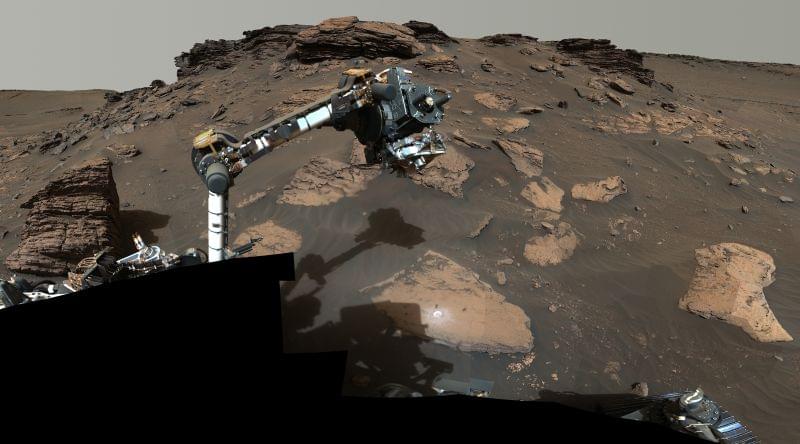
Perseverance rover finds organic matter ‘treasure’ on Mars
Investigating the site of an ancient river delta, the Perseverance rover has collected some of the most important samples yet on its mission to determine if life ever existed on Mars, according to NASA scientists.
A few of the recently collected samples include organic matter, indicating that Jezero Crater, which likely once held a lake and the delta that emptied into it, had potentially habitable environments 3.5 billion years ago.
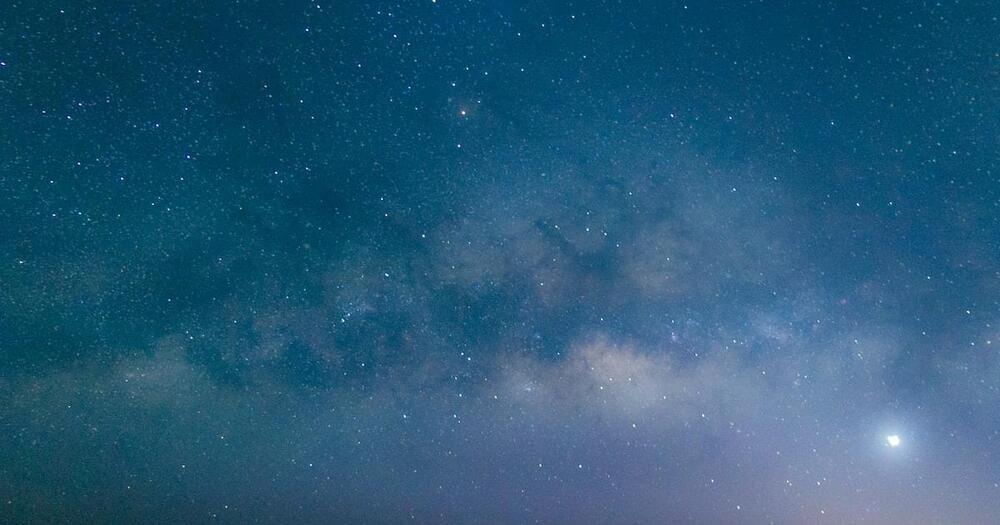

SpaceX hits a milestone as Starlink arrives in Antarctica, high-speed internet now available on all seven continents
The Starlink dish can withstand extreme temperatures as low as-22 degrees Fahrenheit.
SpaceX’s Starlink internet service is now available in one of the most remote regions of the world: Antarctica, making the service available on all seven continents.
In a tweet on Wednesday, the National Science Foundation announced the milestone, stating that scientists with the U.S. Antarctic Program were “over the moon” and have been testing out a Starlink dish at the McMurdo Station, a U.S. research facility based on an island right off the coast of Antarctica to supply increased internet bandwidth.

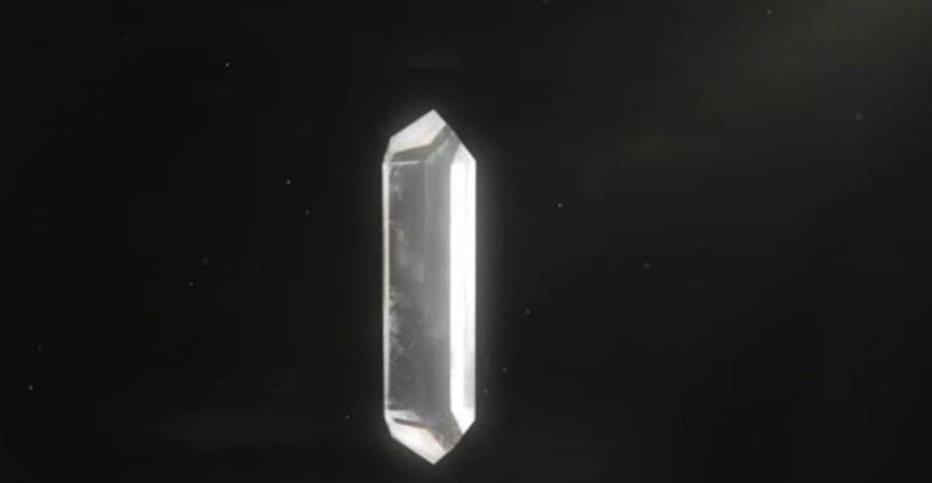
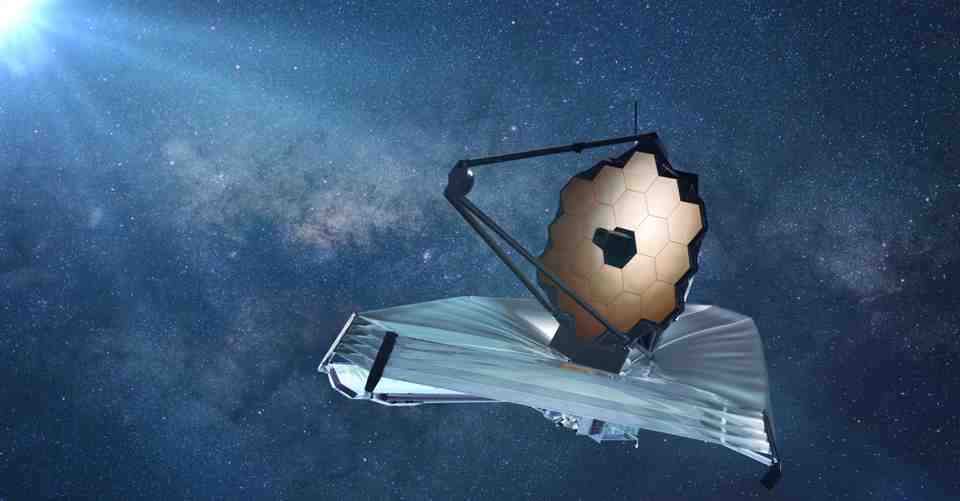
NASA reveals mind-blowing image of distant planet spotted
THE JAMES Webb Space Telescope has captured new images of a distant planet in a first for the world’s top space observatory. The James Webb Space Telescope launched on Christmas Day in 2021 Credit: Alamy 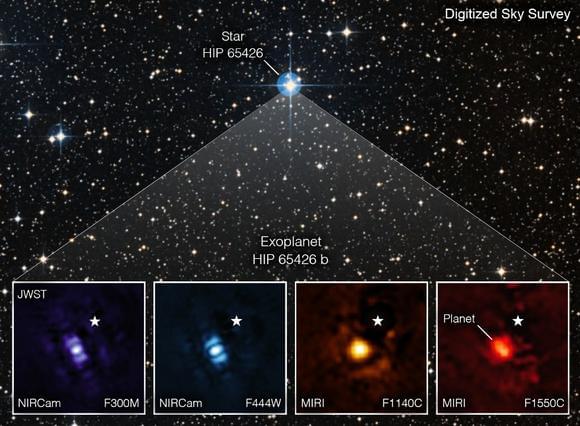
The star pasted on the images represents the planet’s host star Credit: NASAPhotographing distant planets is extremely difficult because light from their host star will pollute the images.
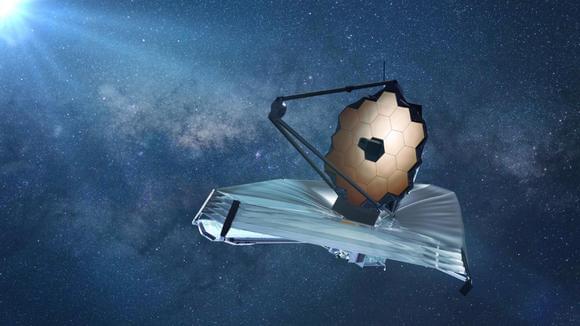 The James Webb Space Telescope launched on Christmas Day in 2021 Credit: Alamy
The James Webb Space Telescope launched on Christmas Day in 2021 Credit: Alamy